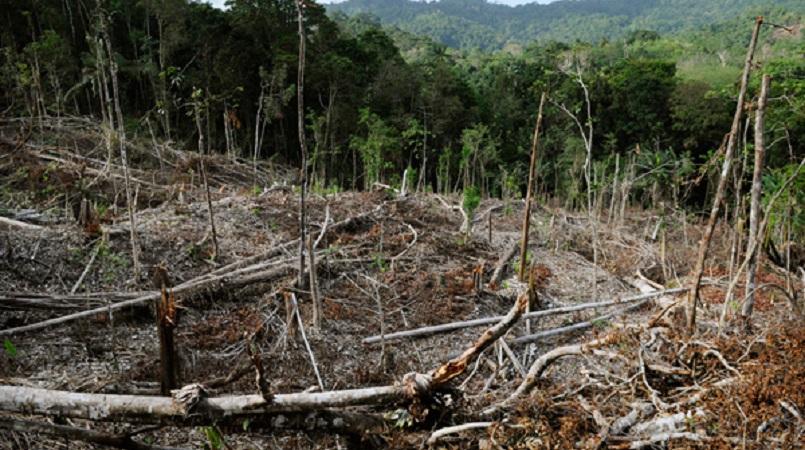
A National Greenhouse Gas Inventory report for Papua New Guinea is vital to be submitted to the United Nations Framework Convention on Climate Change (UNFCCC).
PNG is among many countries under the UNFCCC that rectified the Paris Agreement and must report on their status on the NGHGI.
The Paris Agreement and the Nationally Determined Contributions (NDCs) that underpin the Agreement provide a framework for the collective action necessary to address global climate change.
This includes specific action in the agriculture and land-use sector.
As such, Food and Agriculture Organisation (FAO) has been helping the Government of PNG through the CCDA and PNG Forest Authority (PNGFA), to develop the National Forest Reference Level (FRL) and the National GHG Inventory (NGHGI).
Land use, land use change and forest (LULUCF) expert from the FAO, Esther Mertens explained that countries have to report their emissions in different sectors.
These include the energy, industry, transport, waste and the Agriculture, Forest and Other Land Uses (AFOLU) sectors.
The AFOLU sector is a key source of greenhouse gas emissions for PNG.
PNG is a country with still considerable extensions of forest resources with around 33 million hectares of forest, about 75 percent of total country area and around 1.2 million hectares of agricultural area.
The FRL and NGHGI are specifically for the Agriculture, Forestry and Land-Use sector to be reported in PNGs’ first Biennial Update Report (BUR1) to the UNFCCC.
Mertens said AFOLU is a very important sector for PNG which involves 80 percent of forest and also where agriculture is one of the biggest income for the country.
She said this is an important sector that PNG should consider in its reporting in future mitigation action plans and development plans.
(File picture)
